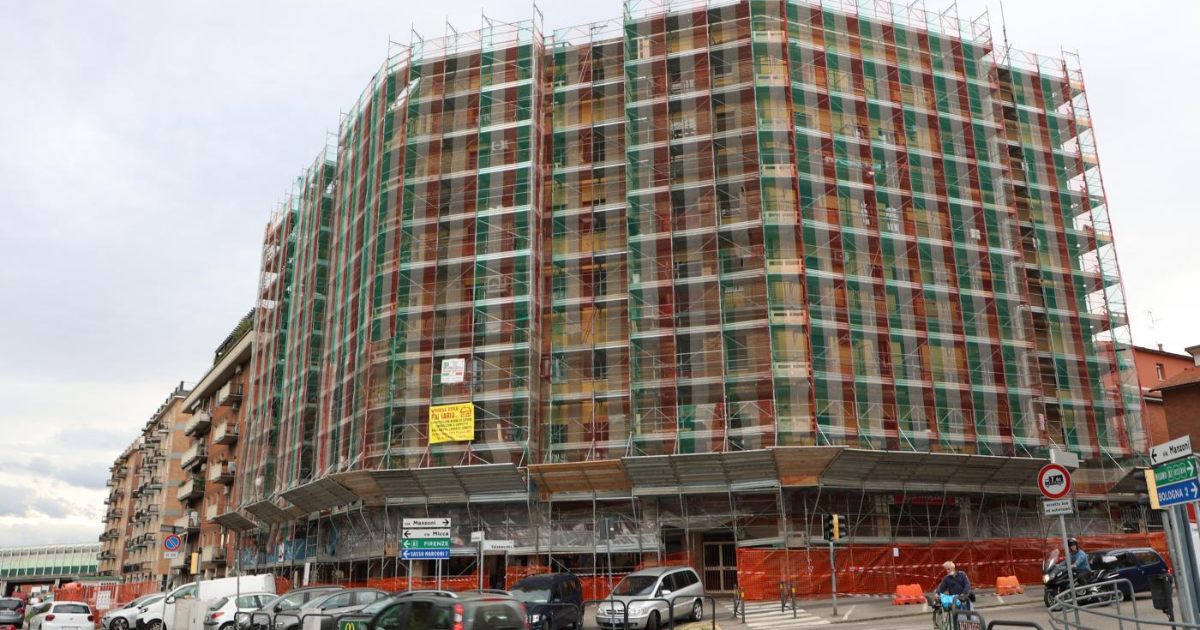At the Jet Propulsion Laboratory in California Farside Seismic Pavilion (FSS), a combination of two different seismometers that together are the most sensitive ever to measure earthquakes and meteorite impacts on other worlds.
The technology used in both seismographs is the same More than 1,300 earthquakes were detected on the Red PlanetAboard NASA’s InSight Mars lander, before the mission ends in 2022.
The Farside Seismic Suite is expected to arrive in 2026 On the far side of the moon. Specifically in the Schrödinger Basin, a large impact crater about 500 kilometers from the moon’s south pole. The self-sufficient, solar-powered pavilion contains computers and communications equipment, as well as the ability to protect itself from the extreme heat of the lunar day and freezing conditions at night.
From Mars to the moon with the same technology
The two complementary instruments in the Farside Seismic Suite have been adapted from InSight’s original designs to operate in lunar gravity conditions. In fact, it is less than half of its Martian counterpart (which in turn is about a third of its Earth counterpart). They are built with electronics and computers inside a cube chassis, surrounded by an insulator and an external protective cube. It will be placed on top of the landing and They will collect data continuously for at least 4 and a half months. It will also work during long, cold lunar nights.
The Very Broadband Vertical Seismometer (VBB), provided by the French Space Agency (CNES), is the most sensitive seismometer ever used in space exploration. He can detect Ground motions are smaller than the size of a single hydrogen atom. A cylinder about 14 centimeters in diameter measures vertical motion using a pendulum held in place by a spring. It was originally designed as an emergency replacement tool for InSight by CNES.
A smaller seismometer, called a short-period (SP) seismometer, is provided by Kinemetrics Inc. In cooperation with the University of Oxford and Imperial College London. It is about sBuilt-in 3-axis sensor is more sensitive Currently available for space applications. The disc-shaped device measures movement in three directions using sensors etched into three square silicon slices, each about 25 millimeters wide.
All tests passed successfully
In recent weeks, the Fixed-Satellite Service (FSS) has passed stringent environmental tests in a vacuum and at extreme temperatures that simulate space. In addition, it underwent a vibration test that simulates the movement of the missile during launch.
After arriving on the surface aboard a lunar lander as part of NASA’s Commercial Lunar Payload Services (CLPS) initiative, the seismometer array will return the agency’s first seismic data from the Moon since the last seismometers were turned on for the Apollo program, nearly 50 years ago. . . Moreover, it will provide First direct seismic measurements on the far side of the Moon.
The wing will record up to 30 times more sensitively than its Apollo predecessors The lunar seismic background, driven by micrometeoroids the size of small pebbles that strike its surface. This will help NASA better understand the current lunar environment while we await the arrival of humanity’s return to lunar soil.
© 2024 Astrospace.it All rights reserved. This article may only be reproduced or distributed in whole or in part with written permission from Astrospace.it and with a commitment to cite the source.

“Internet trailblazer. Travelaholic. Passionate social media evangelist. Tv advocate.”









More Stories
Eurostat ‘save’ Italian public finances: ‘Super bonus impact on deficit could spread over years’
NASA, a probe that disappeared in deep space shows signs of life again | The messages that arrived shocked scientists: It’s a tragedy – CUENEWS
The largest black hole ever discovered: TON 618 (66 billion times more massive than the Sun)